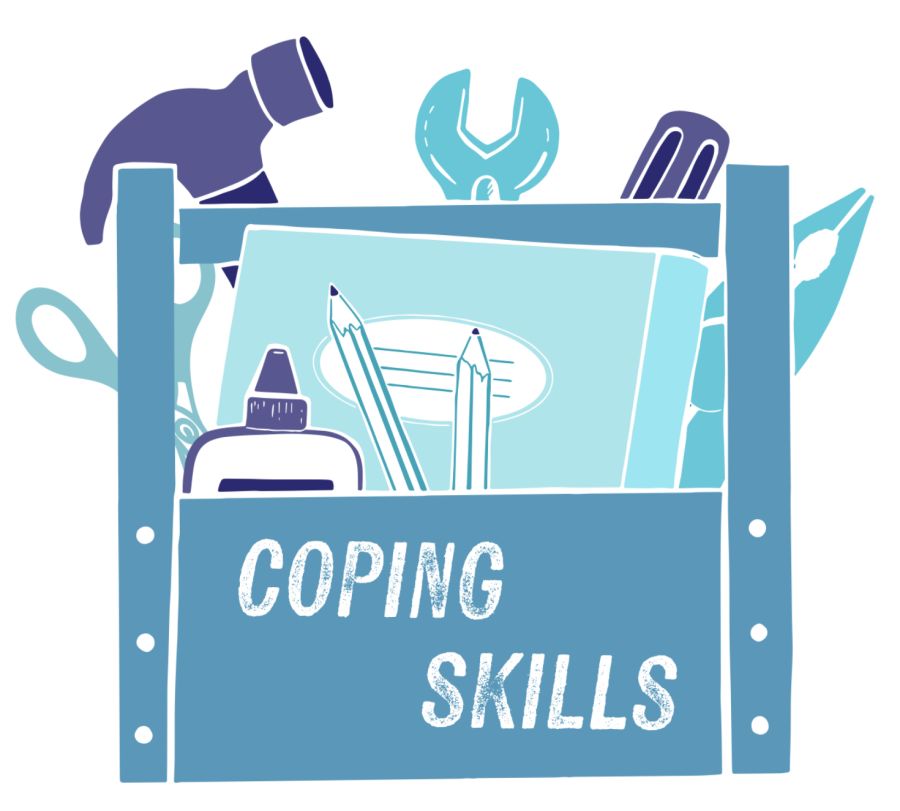Can You Hear Me Now?

Auditory Processing is a multi-step neurological task that involves a complex neural network that can sometimes get its wires crossed. For those with Auditory Processing Disorders this mix up of wires can be a daily struggle. In this blog we will talk about two real-life situations and how to handle them. For more information on signs and symptoms of Auditory Processing Disorders (APDs) please read our blog “What Do Auditory Processing Disorders (APD) Look Like?”
A common misconception about people with APDs is that they are rude. Why is that? Well for people who don’t struggle with processing sounds, when someone doesn’t hear them right away or constantly asks them to repeat themselves, it can seem as though that person doesn’t care and is simply being rude. But that is not the case for those with APDs. This misconception comes from the false pretense that there is a choice being made. That someone is simply choosing not to listen or choosing not to focus their energy on listening. But those with APDs are not making a choice, they are at the mercy of their wonderful, albeit slightly confused brains. Think of it as a patchy internet connection. Sometimes it just drops out.
Have you ever told your child to do something when they were watching TV or doing homework only to be told they don’t remember you telling them what to do? This can seem like a bold faced lie, especially when your child responds to you with an affirmative remark such as “yup”, “okay” or “sure”. But remember that there is a difference between being able to hear something and being able to remember that thing you heard. Your child’s brain heard and understood the information you gave them, however when it came time for their brain to store that information properly for later recall the connection dropped. So what do you do when this happens?
DO: Remind yourself that your child isn’t being defiant or forgetful, it’s the wiring in their brain that failed to record the information in the first place. Assure your child that it’s okay and it’s just how their brain works sometimes. Use a calm friendly tone when you ask them to do the task. While you remember the previous conversation, they don’t, so ask like it is the first time you are asking.
DON’T: While it is understandable, try your best to control any anger. Making them feel bad for something they can’t control will not change anything and can actually make things much worse. Although it may be tempting, don’t do the task for them, be patient and give them the opportunity to get it done.
ENACT CHANGE: Next time you need to ask them to do something while they are in the middle of something else start by asking them to find a good stop to pause what they are doing. This allows the brain to change gears and focus all its attention on you. Make eye contact when you are talking and ask them to repeat back what you asked them to do. Sometimes that is enough, but if your child is easily distracted or has ADHD you should do one additional step. Ask them what you can do for them to help them remember, such as set a timer, leave a note, or place the task somewhere they will be when they are done, such as on their bed.
The second situation involves mispronunciation, incorrect use of a word or incorrect sentence structure. Maybe your child struggles with the “l” sounds and says “I yove this.” instead of “I love this.” or they use the wrong word and say “I have dots in my hair.” instead of “I have knots in my hair.” Here are simple and effective ways to handle these situations.
DO: Speaking slowly and clearly, repeat what they said back to them. “You love this?”. Then try to use the word again, “I love this too.” It’s similar if they use the wrong word. Start by repeating what you think they mean, such as “Yes, you do have knots in your hair.”. Then try to use the correct word again “Would you like me to brush the knots out?”. It is also good to try and properly use the word that they used incorrectly, “This brush would look really cool if it had purple dots on it.” or “Do you want to play connect-the-dots- when we finish brushing the knots out of your hair?”. We’ll be honest with you, sometimes it can be hard to fit the word into conversation, so you might have to be a bit creative.
DON’T: Try not to pronounce the word incorrectly, no matter how cute you think it is. It is important that they hear it correctly. When it comes to using the wrong word, it’s okay to ask them which word they meant to say, try not to poke fun at them or make a mountain out of an anthill over it. Sometimes we just misspeak, but jokes, even light hearted ones can make a child feel embarrassed.
ENACT CHANGE: Make a note of the words they mispronounced or used incorrectly and try to incorporate them in more conversations with your child. The more passive exposure they get to the correct pronunciation, word or grammar, the easier it will be for them to pick it up.
No matter what issues or situations may pop up, remember that your child is trying their best. Follow their lead, and try your best to provide both corrections and support. With both of you doing the very best you can, everything is achievable. (Even if the connection gets patchy)
Annalyse Tanzos
Related Articles That Might
Interest You

Neurodivergent Special Interest

Coping Skill( CBT techniques and DBT techniques)
